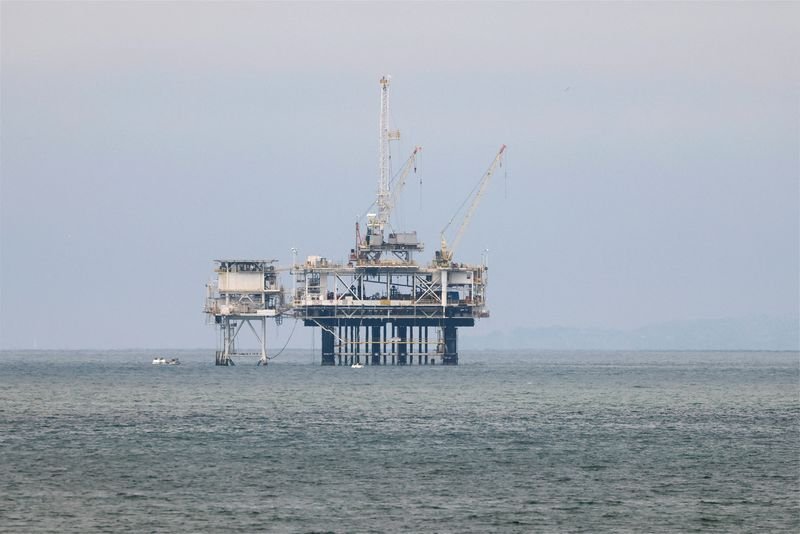Natural Gas Prices in Europe Experience Decline Amid Trade Tariffs and Economic Slowdown in China
Natural gas prices in Europe are experiencing a noteworthy decrease, largely driven by trade tariffs and a deceleration in economic activities in China. This trend is important to understand, especially given the interconnectedness of global markets and the impact of geopolitical tensions.
Factors Influencing Natural Gas Prices
Several key factors contribute to the decline in natural gas prices across Europe. Among these, the imposition of trade tariffs has played a significant role. These tariffs create financial barriers that affect the overall flow of natural gas in international markets.
In addition to tariffs, economic slowdowns, particularly in China, have affected demand. As China grapples with various economic challenges, its energy consumption has seen a corresponding decline. This drop in demand from one of the world’s largest consumers naturally exerts downward pressure on global gas prices, including those in Europe.
The Role of Geopolitical Tensions
Geopolitical dynamics also significantly impact natural gas prices. As countries navigate trade relationships and energy policies, any shifts can lead to immediate fluctuations in pricing. For instance, tensions between major economies can result in adjustments to supply chains. This, in turn, may trigger changes in export levels, further influencing the availability and pricing of natural gas in the market.
Supply Chain Disruptions
Supply chain disruptions have become increasingly common due to these geopolitical tensions. Conflicts or strained relationships between nations often result in reduced supply or delays in gas shipments. This unpredictability forces European energy markets to adapt quickly, which adds volatility to natural gas prices.
In recent months, these disruptions have caused many energy analysts to monitor market trends closely. The ability to source natural gas from various suppliers has become paramount for European countries aiming to stabilize prices and ensure a reliable supply network.
Seasonal Demand Variations
Seasonal demand fluctuations also play a crucial role in the pricing of natural gas. As winter approaches, the demand for heating increases significantly. This rise in consumption can lead to price spikes, particularly if supply is disrupted.
Conversely, during the warmer months, the demand typically decreases, which can provide some relief to prices. However, as we have seen in the current market, even seasonal patterns can be influenced by broader economic conditions. Therefore, monitoring these changes is vital for understanding potential price movements.
Market Reaction
The European market has begun to adjust to these dynamic conditions. Various stakeholders, including energy companies and consumers, have had to reevaluate their strategies in light of current pricing trends. Businesses are looking for alternatives and more stable suppliers to manage costs effectively.
Additionally, consumers are advised to keep an eye on market developments, as natural gas prices directly affect heating bills and energy expenditures. With increased attention on energy consumption, both businesses and households are encouraged to adopt energy-efficient practices, which can help mitigate the impact of any sudden price changes.
Future Implications for Natural Gas Prices
Looking ahead, several factors will continue to shape the natural gas landscape in Europe. The ongoing economic situation in major markets like China will likely have significant implications for global demand. As countries navigate these challenges, markets must remain agile and responsive.
Furthermore, advancements in technology and shifts towards renewable energy sources will also play a critical role. The transition to greener energy solutions affects long-term demand and pricing structures, ultimately transforming the natural gas market into one that also incorporates sustainable practices.
Conclusion
In summary, the decline in European natural gas prices is influenced by multiple factors, including trade tariffs, economic slowdowns, and geopolitical tensions. As these elements interact, they create a complex landscape that stakeholders must navigate carefully. Understanding these dynamics is essential for effective energy management and forecasting in an ever-evolving market.
